The
demise
of
an iconic
American
highway
California's Highway 1 is showing
the limits of man's ingenuity
| BIG SUR, MOSS LANDING and SAN SIMEON
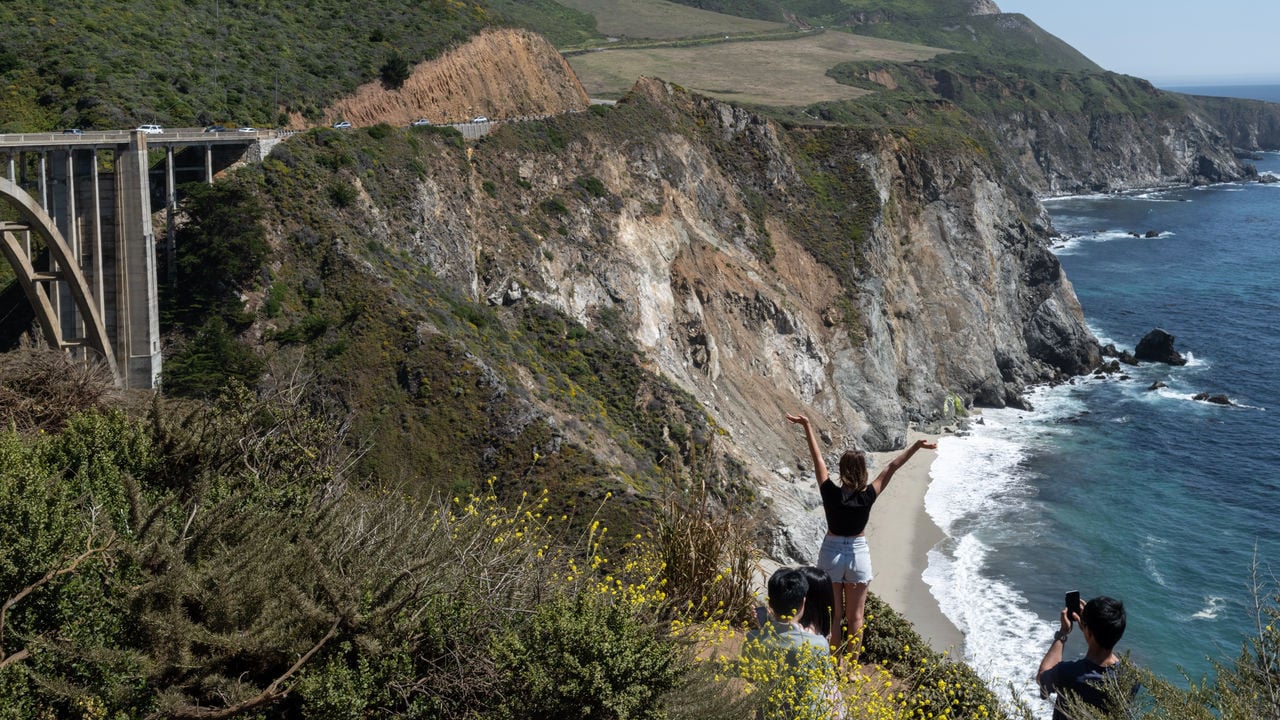

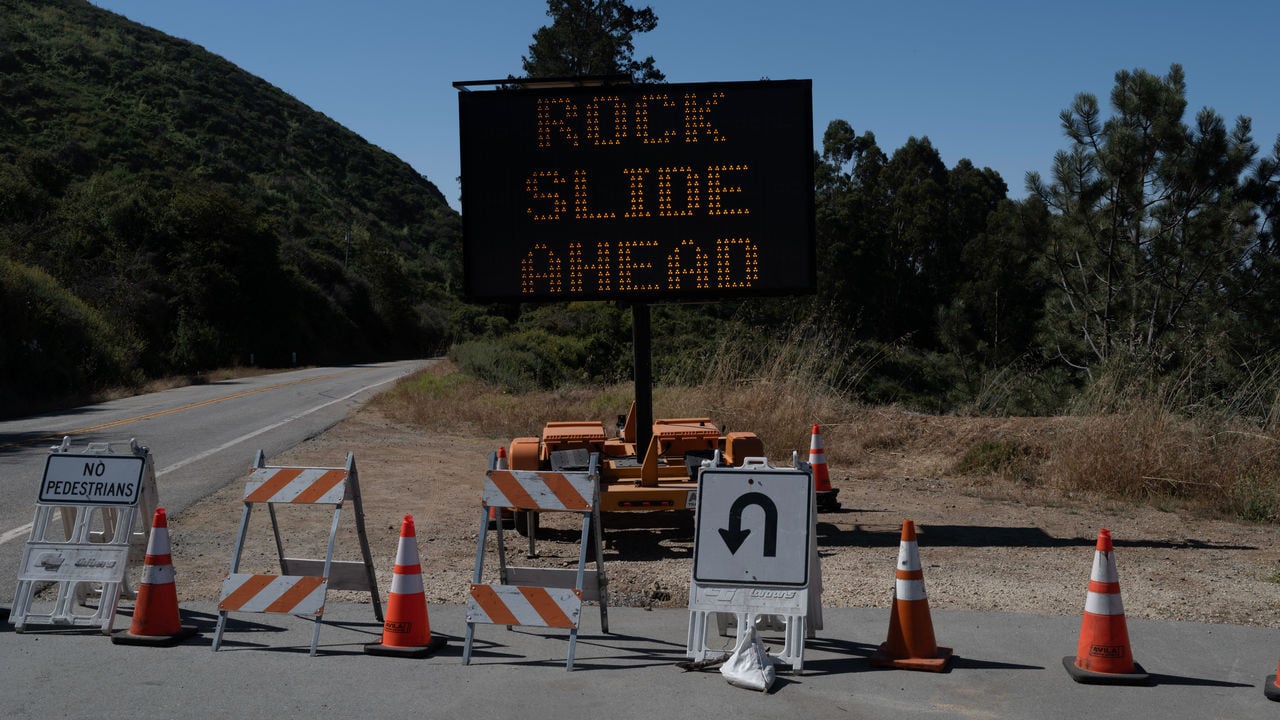
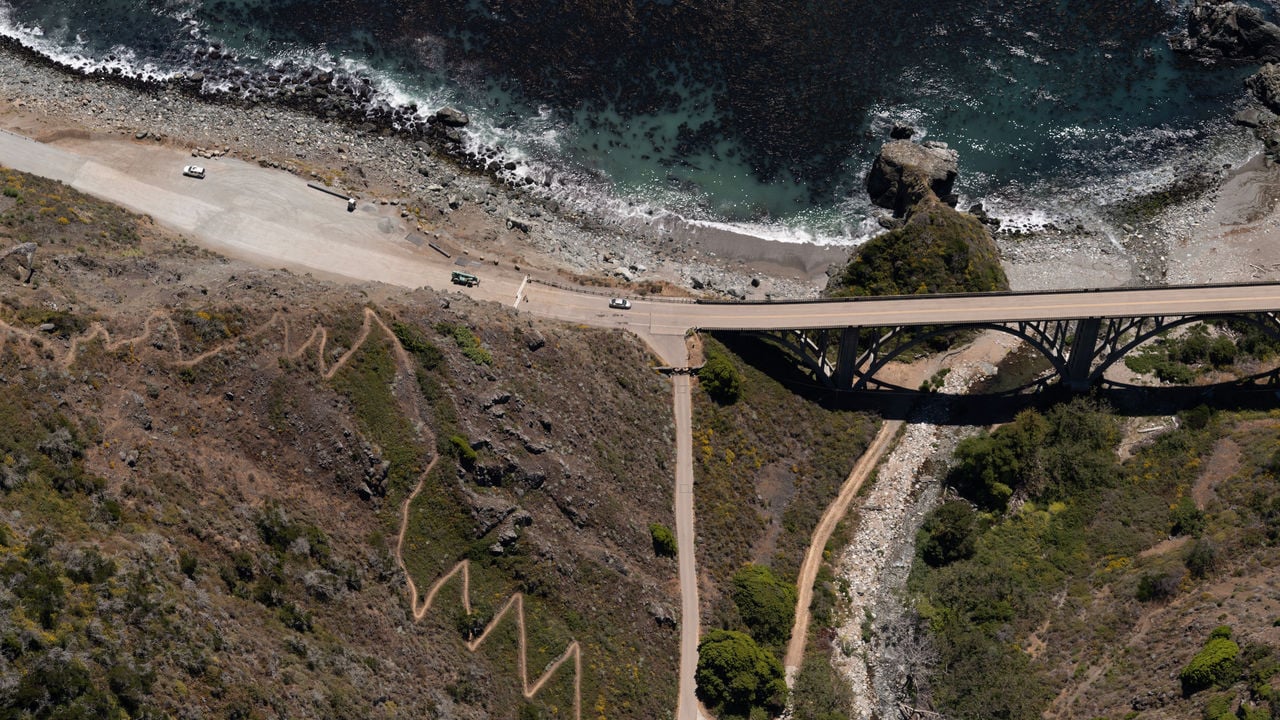
Where the continent ends


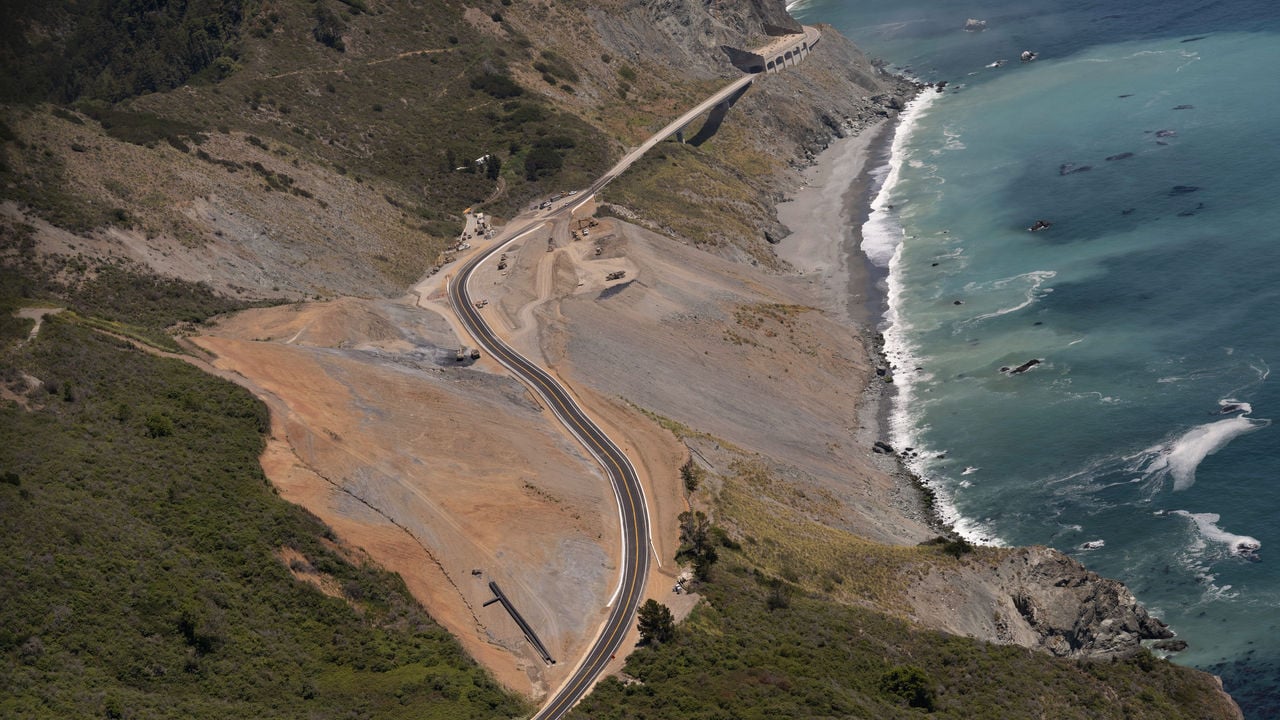
Stuck in the middle with you
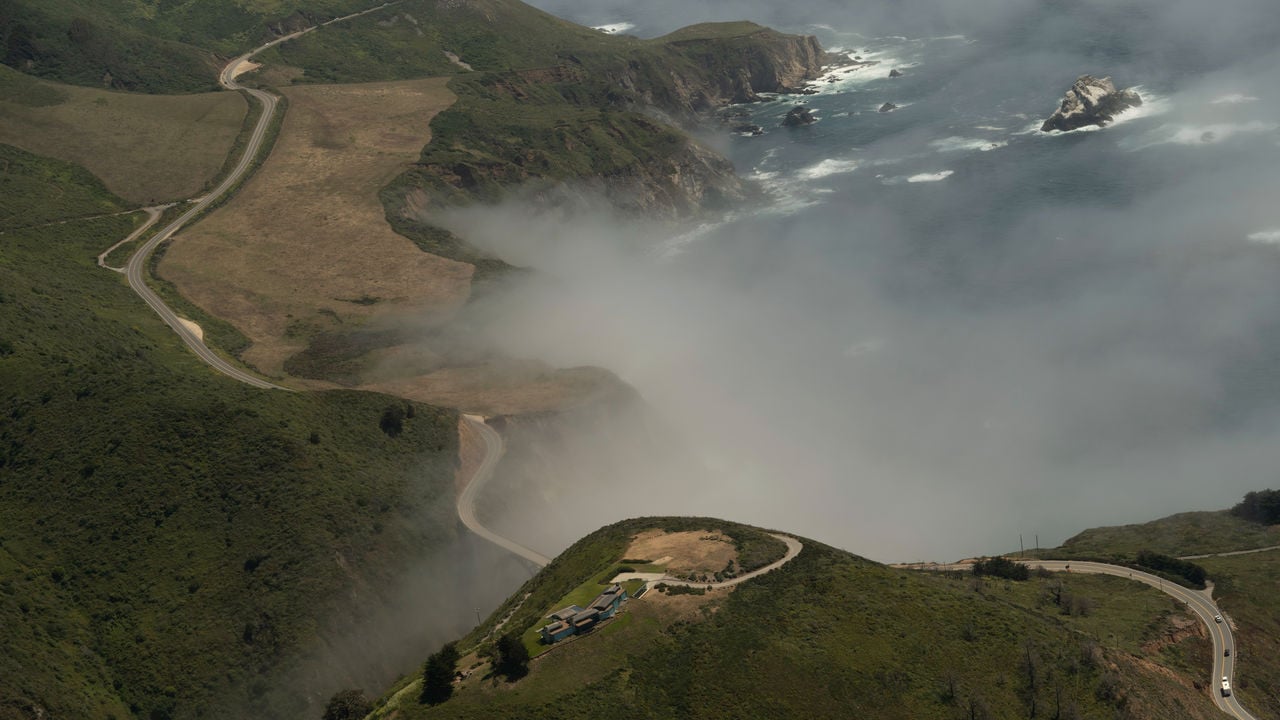
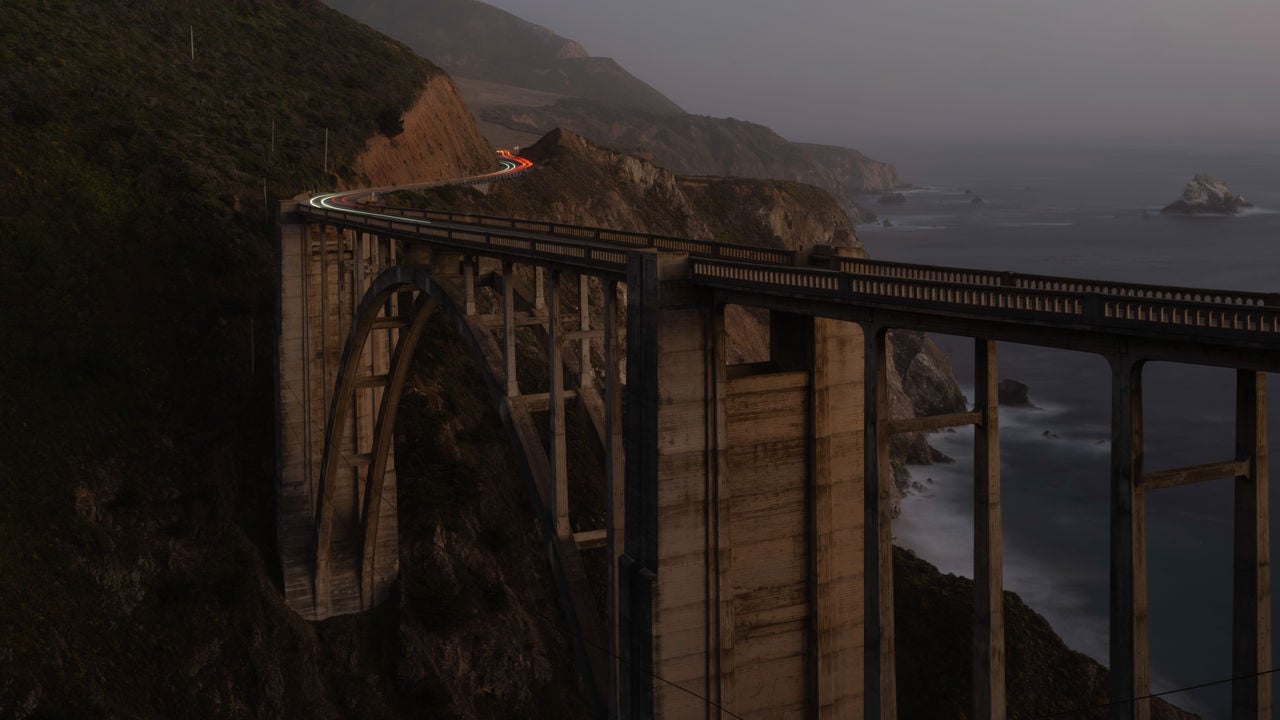
Sources: Caltrans; Mapzen Terrain; Natural Earth; OpenStreetMap